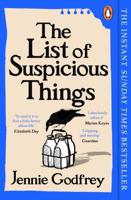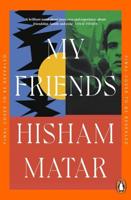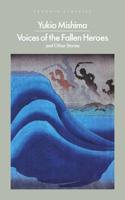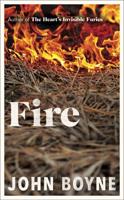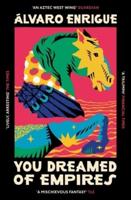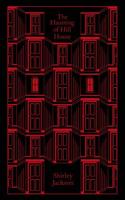Publisher's Synopsis
'IT'S CLOSING TIME' Max Kreijn 's 2012 novel 'it's closing time' is a forceful story of passage. The writer takes us through the protagonist's growing-up in Holland in the Fifties -all the comforts of a well to do country-family in that prosperous follow-up of World War II- and quickly moves to the remaining years of the Swinging Sixties in London, the madness he used to accept as normal, after inheriting a small fortune from his grandmother, whose favourite he was. The excesses of that weird time. New, filthily rich pop stars, who did not know really what money was all about and the Australian accountant from Mildura, Vern Lambert, who really started the Swinging Sixties in the Chelsea Antique Market in the King's Road. Marianne Faithfull, once the most protected and famous of bag-ladies of London's Soho, Kit Lambert, who wrote the rock-opera Tommy for his band the Who, Jagger, Robert Stigwood, Elton John's first public appearance, in a club called The Revolution, when he was still called Reggie Dwight. All the cute boys from all over the world congregating in Central London. He encounters the decay and death that has to follow all that excess and gets away on Boxing Day 1973, during a petrol strike in England, leaving his Bentley R type 1954 in his garage in Notting Hill, first to Barcelona, then to the island of Ibiza, before it becomes the fleshpot of Europe, actually before they have an electricity grid there, worthy of the name. He becomes a well-known painter, first in his home-country Holland, then further afield. Germany, France, Spain, Italy and then Miami, San Francisco and Chicago and the European Museums of Modern art label him the worthy follow-up of Dutch 17-century realist painters, like Vermeer and De Hoogh. He ends up in Italy, first in Florence, but then unexplainably as a 34-year-old in that small bastion of religious righteousness, Assisi, where he falls in love with an 18 year-old local boy. He discovers some dark secrets of the Roman Catholic Church because he inherits some very inflammable papers, which a childhood friend of his grandmother has left him. This is where this exceedingly exciting love-story takes flight. The story of the exquisite love-affair between him and the boy Francesco is woven through this great gay novel, against the background of the protagonist's lifelong fixation with rent-boys and his inability to make sense of his life until it is nearly too late. But the death of a close friend finally focuses his mind, during a recent tour of Spain at the age of 64, on what he wants out of the remaining years of his life. The end of this novel, set in the Cordoba Mosque La Mesquita, is breathtaking and ends this great story, this tour de force of a novel. Is that all there is? Is there truth to the rumour? Does love conquer all? It's closing time, surely.


